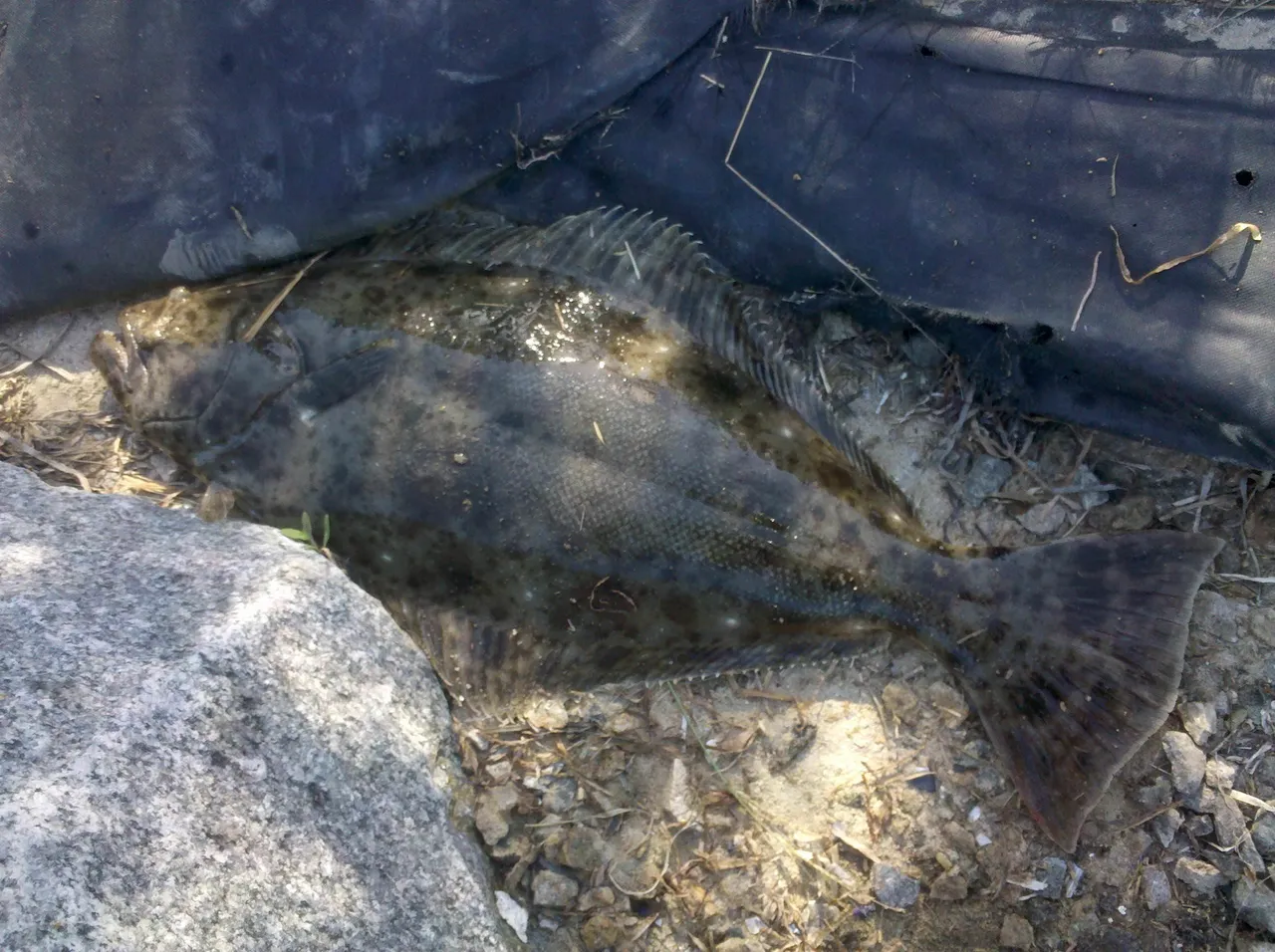
The reaction of most fishermen when they feel a bite on the end of their line is to pull back on their fishing rod aggressively! This makes sense, and it's an effective technique when fishing with weight & bait.
The obvious reason to use a weight is to get your bait down to the bottom, and then wait. When you feel a nibble, you might wait until it becomes a strong pull. But you will want to pull back on your rod with force to bury that hook in the lip of the fish.
Bass and trout anglers often use this technique. They "set the hook" with a sharp lift of their rod tip. When you're presenting a lure and pulling it across the water, setting the hook is not always the best move. In fact, it often pulls your lure right out of the range of that trailing fish.
Making The Change From Bait To Lure

This style of fishing has its place, but personally, I had to leave it behind years ago. Why? The first attraction to lure fishing! I would never sit there in inactivity again.
Lure fishing is also responsible for my eventual change over from spinning reel to baitcaster. A painful event to describe, and a story for another time, but one I remain grateful for.
Let's be clear about lure fishing. There are as many different styles of lure fishing and lures themselves, as there are tags trending on Steemit. It's not fair to lump every style into the statements I'm making here.
Generally speaking, it doesn't help to set your hook while retrieving (reeling in) your lure. You might want to slow your lure or speed up the pace of your reeling, depending on the feeding behavior at the time.
Shave Your Head To Keep From Pulling Your Hair Out
Casting and presenting a lure isn't as easy as it may appear to an outsider watching a professional. Besides learning how to cast with your exact rod and reel, there are plenty of obstacles to be wary of. I'm not talking about alligators, though that is also the case in some regions.
There are weeds and rocks that will snag your set up. Be prepared to make your donation in gear to Davy Jone's Locker when you start learning how to fish a lure. Two things are for certain; learning to lure fish is frustrating but hooking your first lure fish is adrenalizing.

California Halibut
Show A Friend How To Lure Fish - Spread Some Love & Have A Laugh
One of the best parts of learning how to fish a lure is passing on the knowledge. Once you become proficient (or even if you don't) it's time to teach a friend. If you aren't yet proficient, you can always just bring a friend.
Consider this as well. If you bring a friend that is learning, you have quite a few laughs at their expense. They will get stuck in the rocks or tangled up in seaweed.
When your buddy finally perfects the cast and retrieve of their lure, guess what will happen? A fish will strike that lure and your friend will overreact.
Beginner's luck is real, but chances are they'll miss the fish that bite until you inform them not to set the hook. It's up to you how long you want to wait to tell them, "When you feel a strike, just keep reeling".

All Images From Personal Catches
Videos Courtesy Of Pixabay.com / GIF Creation From Gify.com


Animated Banner Created By @zord189
